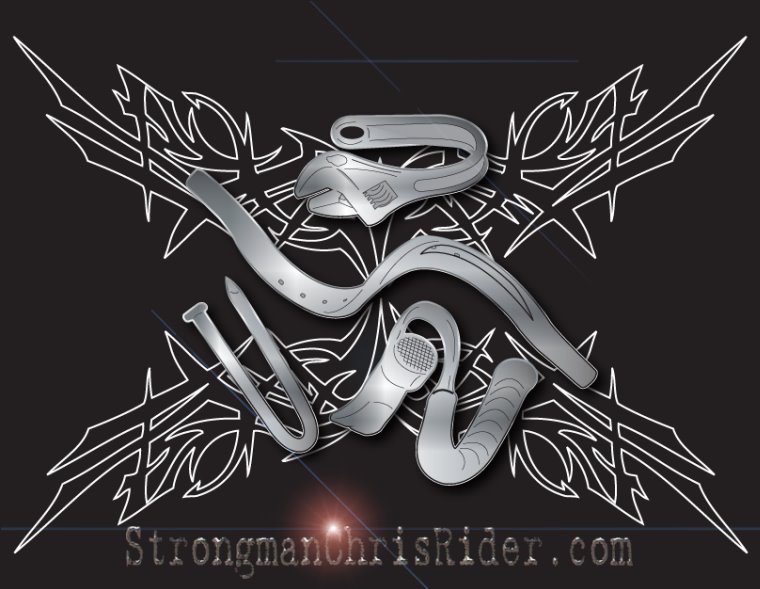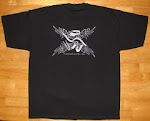
Tearing decks of playing cards has been associated with the strongman for quite some time. In the old days the decks were made of paper and several performers were credited with tearing multiple decks at the same time.
Most of today's decks are made of a tough paper also, however, the cards are covered with a PLASTIC coating. The plastic makes the cards of today more durable, slippery, pliable, and just down right tough.
I use what is known as the overhand tear. This is basically the same motion as taking the lid off of a jar. It takes a strong grip to squeeze the cards tight enough to prevent them from slipping. The wrists are then called upon to generate a tremendous shearing motion to successfully tear the cards. In addition, the hands must be tough enough to resist being cut by the sharp plastic edge as it is torqued into the skin.
Pictured is a popular name brand deck that I tore in half in just a few seconds.








